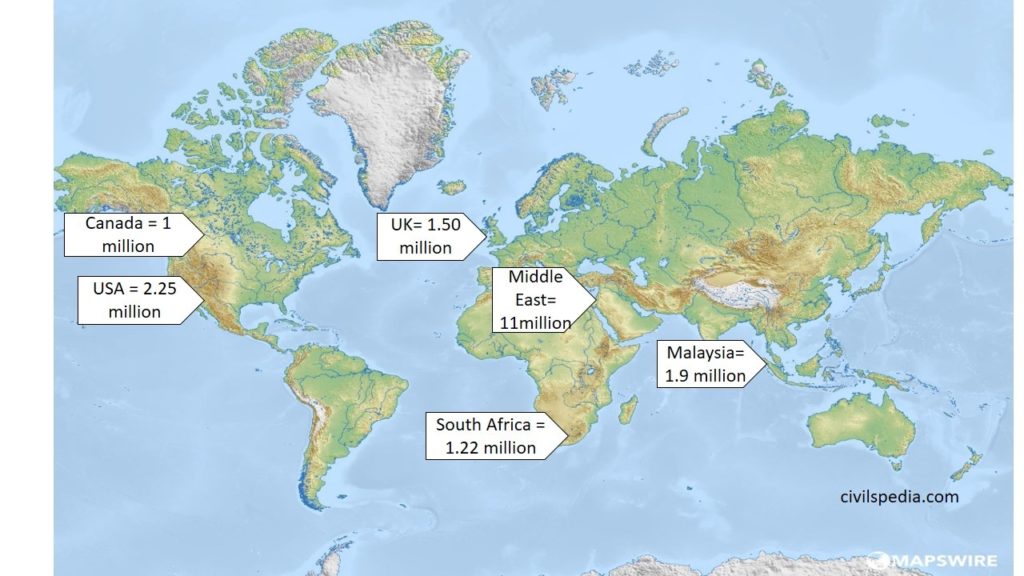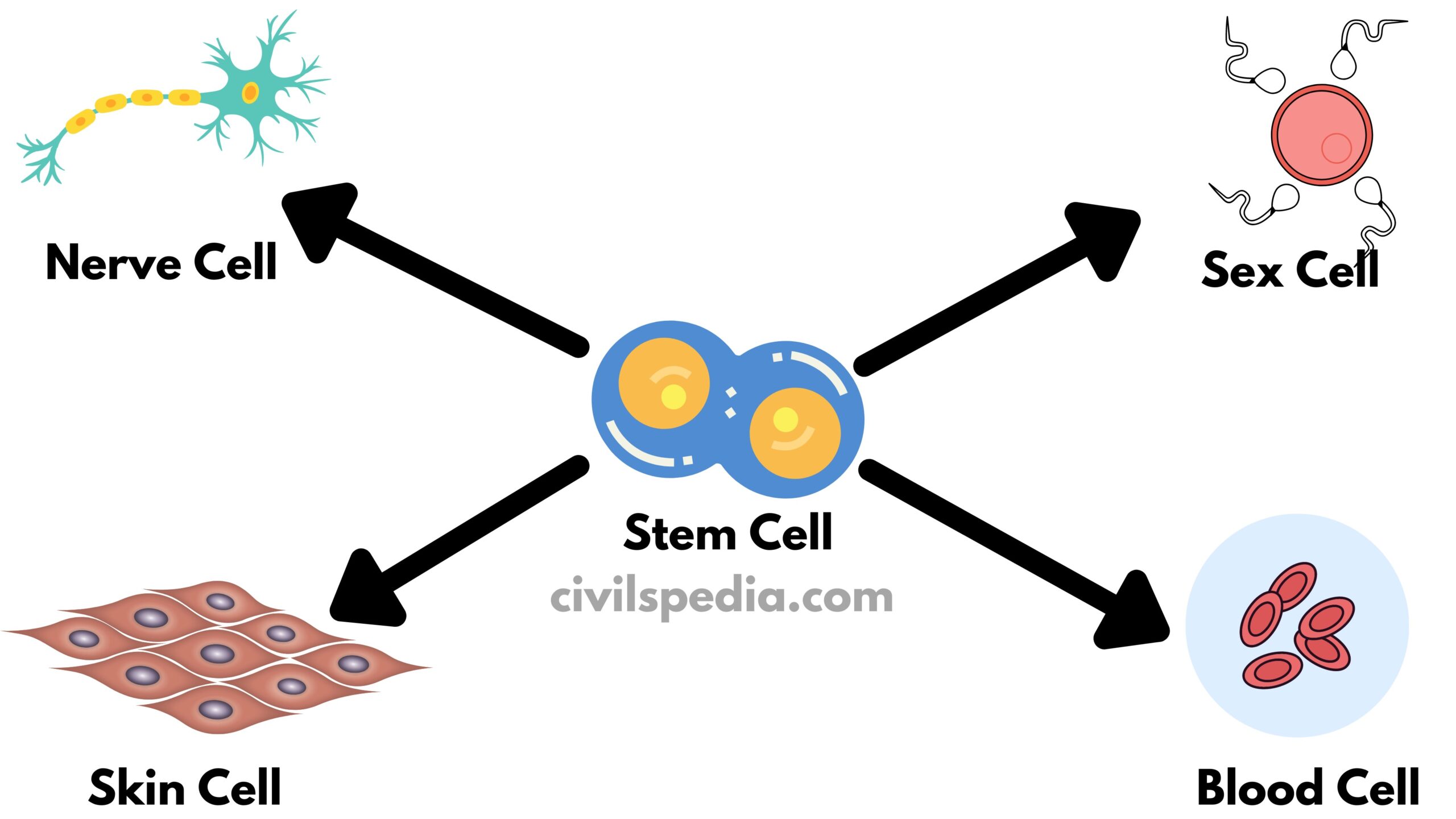
India-Japan Relations
This article deals with ‘India-Japan Relations.’ This is part of our series on ‘International Relations’, which is an important pillar of the GS-2 syllabus. For more articles, you can click here.
Brief History

Till Independence
- The relations between India and Japan can be traced back to the 6th century when Buddhism from India reached Japan.
- The Japan- India Association was set up in 1903, post which the direct political exchanges began.
- Rabindranath Tagore had a close relationship with Okakura Kakuza.
- SC Bose sought Japan’s help in his fight against Britishers. Azad Hind Fauz was the brainchild of Japanese Major Fujiwara.
- The sole dissenting voice of Judge Radha Binod Pal at the War Crimes Tribunal struck a deep chord among the Japanese public that continues to reverberate to this day.
Post Independence relations
- The diplomatic relations between the two countries began with the signing of Japan’s Peace Treaty with India in 1952, thus starting the formal ties between the two countries.
- India was one of the first countries to extend diplomatic ties, with the invitation to the Asian Games held in New Delhi in 1951. The relations were further strengthened by the mutual visits of Japanese Prime Minister Nobuke Kishi and Jawaharlal Nehru.
Cold War Period
- The relations between the two countries suffered a setback during the cold war years, as Japan aligned with the United States while India chose to adhere to a Non-alignment policy.
- Further, the relations were hampered when Japan took a neutral stand during the Sino-Indian border war of 1962.
- Japan’s economic engagements with East and South-East Asian nations deepened during the 1970s and 1980s. Due to India’s domestic ferment and problems during the Cold War, Japan always perceived India as a chaotic and desperately poor nation, having no potential to be a partner in the near times.
- During this period, nothing substantive came out till the fall of the USSR, barring Suzuki’s investment.
1990 – 1998
- Two events had a marked impact on Indo-Japanese relations & these were
- Fall of USSR leading to end of the cold war.
- The process of liberalisation started in India.
- India began to improve its relations with the USA. It also led India to strengthen its ties with other allies of the USA.
- Japanese Overseas Development Assistance (ODA) started to flow into India, which helped plug the economic development gaps.
- In 1991, Japan was among the few countries that bailed India out of the Balance of Payment crisis.
- In 1993, Narsimha Rao’s Look East policy started & played an essential role in shaping India’s ties with Japan.
- Till 1998, bonhomie was seen in bilateral relations between India & Japan.
Pokharan II Nuclear Explosion & Japanese Reaction
- In 1998, Nuclear tests were conducted during Atal Bihari Vajpayee’s regime.
- After the test, Japan became a vocal critique of India at the regional and international levels. Japan even went on to cut its economic aid to India. It was natural for Japan to condemn such foreign policy behaviour as it had been the only nation in the world to have witnessed the horror of an atomic bomb attack. Along with that, as Japan enjoyed protection under the nuclear umbrella of the US, it perceived a new nuclear power as a threat to its security.
- It marked the lowest point in Indo-Japanese bilateral relations. Japan pressurised India to roll back its nuclear program.
Beginning of New Era
- PM Yoshiro Mori visited India in 2000 & signed a landmark treaty called ‘Global Partnership in 21st Century ‘. Subsequently, Japanese sanctions were lifted in 2001.
- India is the only country with which Japan has Annual Summit Meetings alternating between Delhi & Tokyo.
- 2011: India and Japan signed CEPA (Comprehensive Economic Partnership Agreement).
- 2014: Prime Minister Shinzo Abe was the chief guest at India’s Republic Day parade.
- 2017: Shinzo Abe visited Ahmedabad, and he inaugurated the Shinkansen (Bullet Train) project funded by Japan. The railway operation will commence in 2023.
- 2020: Yoshihide Suga became the new Prime Minister of Japan (after Shinzo Abe voluntarily retired due to his health condition). Suga is expected to continue the policies of Shinzo Abe and maintain good relations with India.
- 2022: 70 years of the establishment of diplomatic relations between the two countries.
Different Aspects in Indo-Japan Relations

1 . Export -Import
- Japanese brands such as Sony, Yamaha, Honda and Toyota have become household names in India.
- Suzuki’s partnership with the Indian automobile company – Maruti is the largest Indian car manufacturer.
- India and Japan signed CEPA in 2011. India feels the CEPA is an alliance between Japanese technology and the Indian labour force. Under the provisions of CEPA, 94% of tariffs were eliminated. As a result of CEPA, bilateral trade between the two countries increased to $17.6 billion (2018-19).
- India exports petroleum products, iron ore, chemicals, fish, clothing and machinery to Japan while it imports electrical machinery, transport equipment, plastic materials and precision instruments.
2. Japanese FDI
- Japan is the 4th largest investor in India. $28.16 billion in Japanese FDI has come to India between April 2000 and June 2018.
- 1800 Japanese companies are operating in India.
- India established the “Japan Plus” office in the Ministry of Commerce and Industry in 2014 as a “one-stop” location for resolving problems Japanese companies face.
3. Largest Donor
- Japan is the largest development assistance donor & 30% of the total ODA from Japan comes to India.
- Some projects funded by Japan
- Delhi Metro
- Mumbai -Ahmadabad High-Speed Rail
- Western Dedicated Freight Corridor (DFC)
- Bangalore-Chennai Expressway
- These loans are given at very favourable terms. E.g., Financial assistance for Mumbai-Ahmadabad Freight Corridor consists of a soft loan of ₹90,000 crores at an interest rate of 0.1% over 50 years. The re-payment of the loan is to begin after 15 years of receiving the loan.
4. Currency Swap Agreement
- In 2019, India and Japan signed a $75 billion currency swap agreement. Hence, in an emergency, India can get $ 75 billion in dollars or yen at a pre-determined exchange rate and later return it at the same exchange rate.
5. Security Issues
- Japan signed the Declaration on Security Cooperation with India in 2008, only the third country to have such a security relationship after the USA and Australia.
- The rise of China serves as a significant reason for the realignment of partnerships in the region. Both India and Japan have unsettled territorial claims with China. E.g., conflict over Senkaku island(Japan vs China) and conflict over Aksai Chin and Arunachal Pradesh (India vs China).
- The National Security Strategy of Japan announced in 2013 has included India as a primary driver in maintaining the balance of power in Asia disturbed by a rising China.
- Malabar Exercise: India, US & Japan conduct an annual naval exercise to ensure freedom of navigation. It is mainly aimed at China, emerging as the revisionist power in the Indo-Pacific region.
- Quad: It is an informal strategic forum between India, Japan, USA and Australia. Also labelled as “Asian NATO”, it is the brainchild of Shinzo Abe and mainly aimed at containing the rise of China in the Indo-Pacific.
- Japan is helping India build strategic infrastructure in North East and Andaman and Nicobar.
- US-2 Amphibious Aircraft: India is planning to buy US-2 Amphibious Aircraft from Japan which can land both on land and water. This deal has strategic importance as this will be the first arms deal since World War 2, in which Japan will make an overseas military sale.

Important note: The reinterpretation of Article 9 of the Japanese Constitution allows Japan to boost strategic cooperation with India. The amended Article 9 (since September 2015) allows Japan to send military aid to friendly states that including India) if they come under attack from another state. This amendment has opened up new avenues of strategic diplomacy between India and Japan.
Side Topic: Senkaku Island Issue
- Senkaku Island dispute involves the issue of sovereignty over eight uninhabited islands and rocks in the East China Sea.
- Japan and China have conflicting claims on these islands.
- These islands have been under Japan since 1895. After World War 2, the US took over these islands but returned them to Japan in 1972.
- China started to assert historical claims over Senkaku island in the 1970s.
- Although uninhabited, these islands are important because
- Close to important shipping lanes
- EEZ offers rich fishing grounds
- They lie near potential oil and gas reserves.
- Control over these islands helps in maintaining military primacy in the Asia-Pacific region

6. Nuclear Agreement Signed
- Japan and India have reached a broad agreement in 2015 on Civil Nuclear Cooperation. It will provide India access to the Japanese nuclear market and its technology.
- Along with that, as most of the nuclear parts are made by Japan, India found it tough to order nuclear technology from the US, France, and Russia in the absence of a deal with Japan.
7. Indian diaspora
- Indian merchants have been settling in Japan since 1870. But their number increased exponentially during World War I when Japanese goods were sought to fill the void of European goods.
- In recent years, there has been a change in the composition of the Indian community with the arrival of a large number of professionals. These include
- IT professionals & engineers working for Indian & Japanese firms
- Professionals in management, finance, education, and S&T research
- Nishikasai area in Tokyo is emerging as “mini-India”.
8. Multilateral Cooperation
India and Japan are members of the following multilateral organisations
- G-4: Both India and Japan are demanding a permanent seat in UNSC.
- G-20
- Quad
9. Other Cooperations
- India and Japan are jointly working on Asia-Africa Growth Corridor (AAGC) announced in 2017 to counter China’s Belt and Road Initiative.
- India will supply rare earth metals to Japan for making defence and high tech electronics. At present, China is the biggest producer of rare earth.
- Varanasi has been declared as Kyoto’s sister city.
- India and Japan have started conducting the Annual Bilateral Space Dialogue to enhance bilateral cooperation in outer space.
- Japan will train 30,000 Indian youth in the next ten years by setting up a Japan-India Institute for manufacturing.
- ISRO and Japan Aerospace Exploration Agency (JAXA) are working on a joint lunar polar exploration (LUPEX) mission. In 2024, the mission aims to send a Lander and Rover to the Moon’s south pole.
- India & Japan complement each other
- Japan has an ageing population, while India has a young population.
- They have surplus capital & we need capital.
- India has resources; they have the technology.
- India’s has prowess in services, and Japan has excellence in manufacturing.
Issues
- Due to project delays and bureaucratic hurdles, Japanese firms do not find it easy to do business in India.
- India has refused to join the recently concluded RCEP.
- Rising Trade Imbalance: The higher minimum standards on everything in Japan acts as an entry barrier for Indian companies and products, reducing dynamism in investment.
- Both had a diverging interest in economic issues like E-commerce rules and data localization (Osaka track).
- At WTO and its Doha Round of Talk, both India and Japan are in the opposite camps.
- Despite CEPA India-Japan trade, it has not produced the anticipated results.
- No Concrete Achievement by Asia-Africa Growth Corridor (AAGC): Since the 2016 launch, AAGC has not been able to move beyond the vision statement or provide an alternative to Chinese OBOR.
- Japan is concerned about its intellectual property in defence technology transfers.
- India is part of the Shanghai Cooperation Organisation as well as BRICS.















